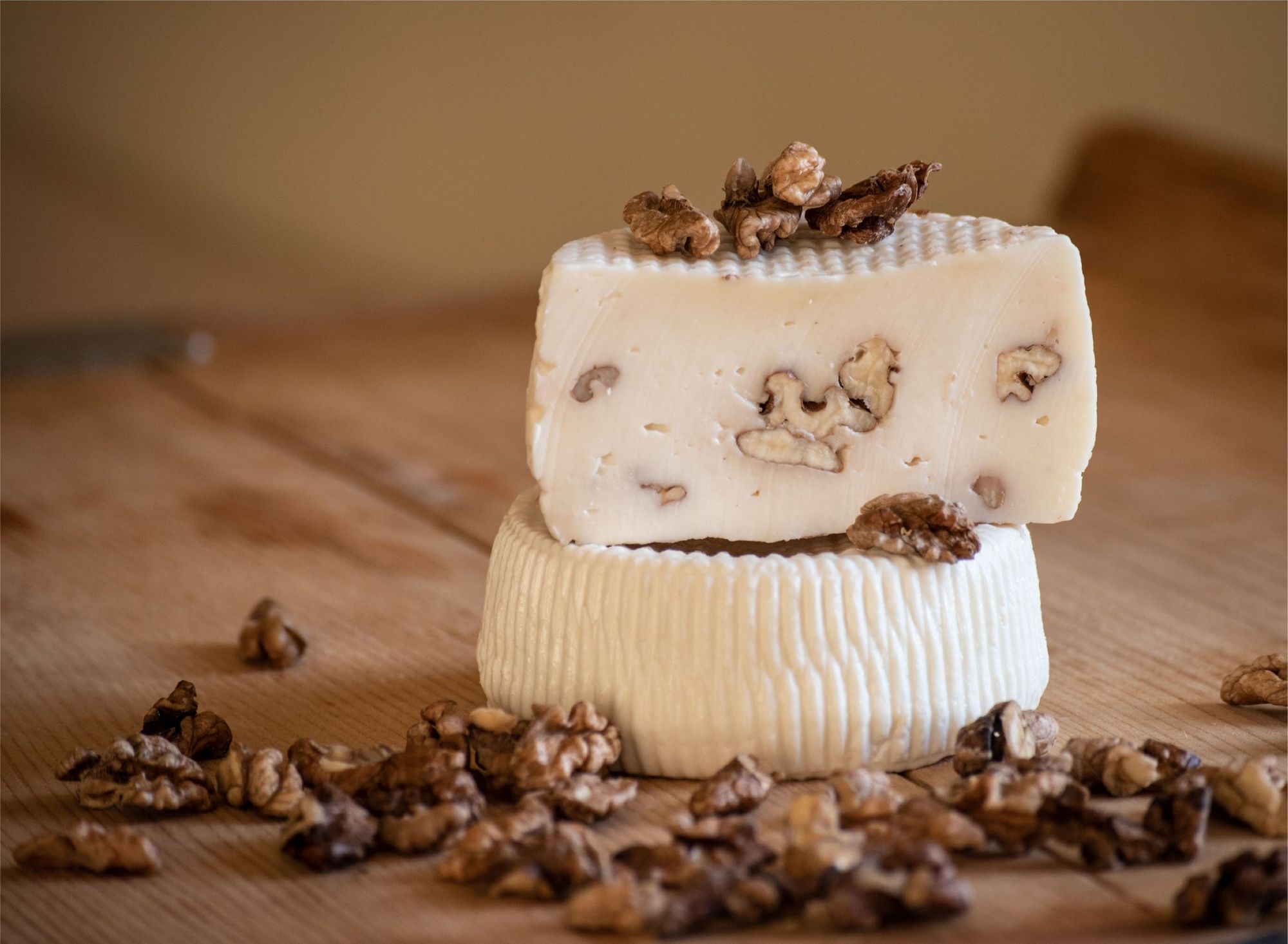In 2014, the Csiby-Gendele family decided to leave behind a cramped block of flats and move to a detached house in Csíkszereda to start food self-sufficiency. The „stars” of the family’s micro farming are the goats, whose shared stories on Instagram allow us to follow the everyday life of the farm and the refreshingly peaceful moments of human-animal-nature coexistence. We asked graphic designer Botond Csiby-Gindele, a member of the family farm, about the history of his brand, Kecske Mesék (Goat Tales).
The family moved to the detached house seven years ago and the rural environment along with the facilities of the site gave them the opportunity to try to produce the necessary goods for themselves. The first small vegetable garden was supplemented by a hen scratching-ground, then rabbits and lastly goats began to populate the site.
As a family member, graphic designer Botond Csiby-Gindele also helps with animal husbandry. Botond earned his master’s degree from the Department of Media and Design of the Visual Art Institute of Eger, which we reported on as well in the Best of Diploma 2020 series. After graduation, he moved back home as a freelance graphic designer and although the creative freelance lifestyle may seem very distant from goat keeping at first, the two complement each other in Botond’s life. In addition to the seemingly endless hours in front of a screen, farming provides a daily routine. Animal husbandry leaves no room for wasting time: all animals, including goats, love regularity, meaning that feeding and milking take place at the same time every day.





“At first, I felt a resemblance over and over with the short story by Áron Tamási: Anthem With a Donkey, as in rural communities, goats are still considered to be the beggars’ cow, stinky and ignorant animals. You can often hear from grandparents’ stories that those who kept goats used to be mocked and called »Goaty«,” says Botond, but adds that he thinks goats are judged differently nowadays. The cause of the popularity of goat farming, on the one hand, is instead of consuming cow’s milk, goat’s milk is a healthier alternative, on the other hand, the goat adapts to the scales of small farmings and has more modest needs in feeding as well. Two goats can already provide enough milk for a family of five.

“Each goat has a different story and name […] there is a tale every day, something always happens from early morning to bedtime, there is something to talk about all the time.”
Not having merchandised before, producing only for themselves, the family did not need their own brand identity for a while, but Botond had long been thinking about ways to make a visual appearance. Recently, however, the number of goats has increased to such an extent that the family can sometimes serve others in limited quantities with dairy products, therefore a logo has become necessary to identify their company, Kecske Mesék Tejgazda(g)ság (Goat Tales Dairy Farm).



“The visuals of the logotype are inspired by the cordon patterns and braiding of Transylvanian baize stockings, which provided information as the braid of the stockings vary by countryside and villages, thus identifying the wearer. I wanted the logo to consciously say that our products are based on local, traditional values. Like a braid ornament, the goat depicted in the logo can be drawn from a single line. These folk braid ornaments are representations of ancient elements, this way I felt even more like this folk symbol system, as milk has been the archetype of essential food since ancient times, a symbol of life. Moreover, I wanted the logo to remain simple and honest for the micro farming it represents,” says Botond about the design process.




He also wants to display the logo on milk bottles, cheese packaging and enameled ceramic mugs, because, as he puts it, “it is best to drink the fresh, frothy milk from the latter.“



Goat Tales | Instagram
Botond Csiby-Gindele | Web | Instagram | Behance

HIGHLIGHTS | Colorful world

Favorite interiors of the week_49










